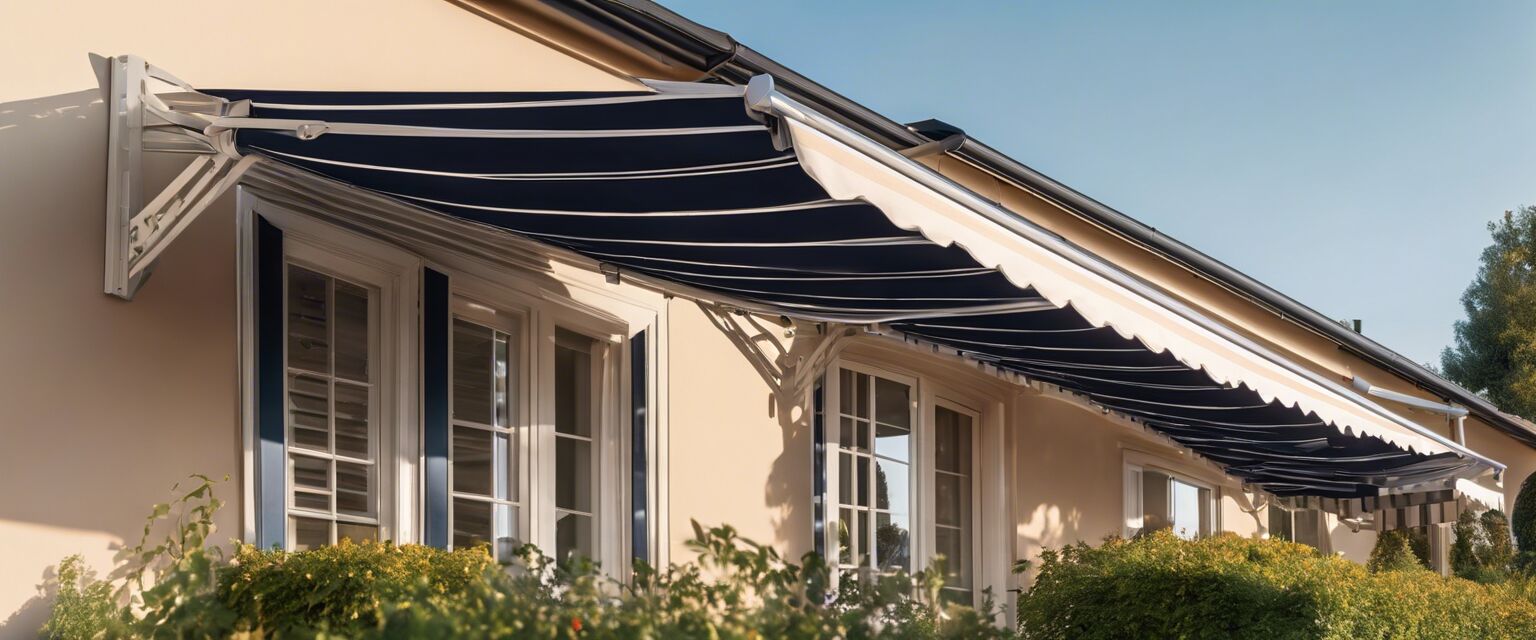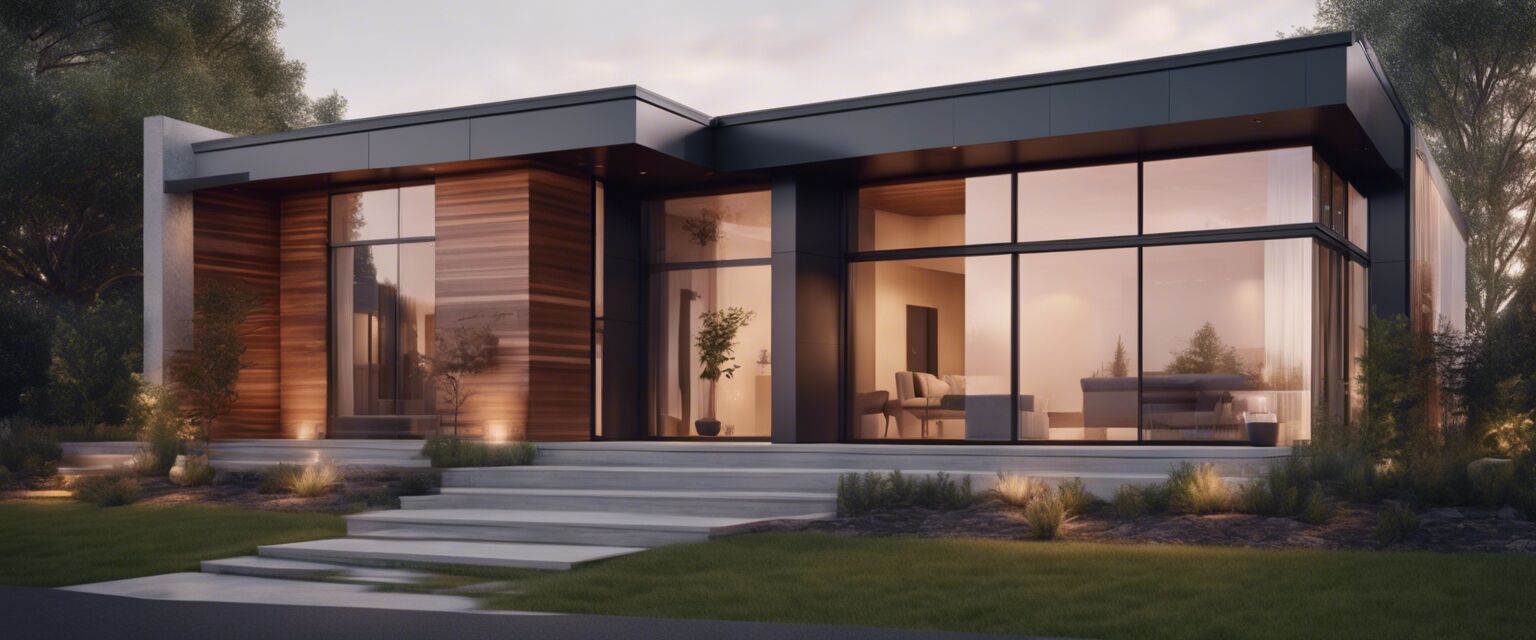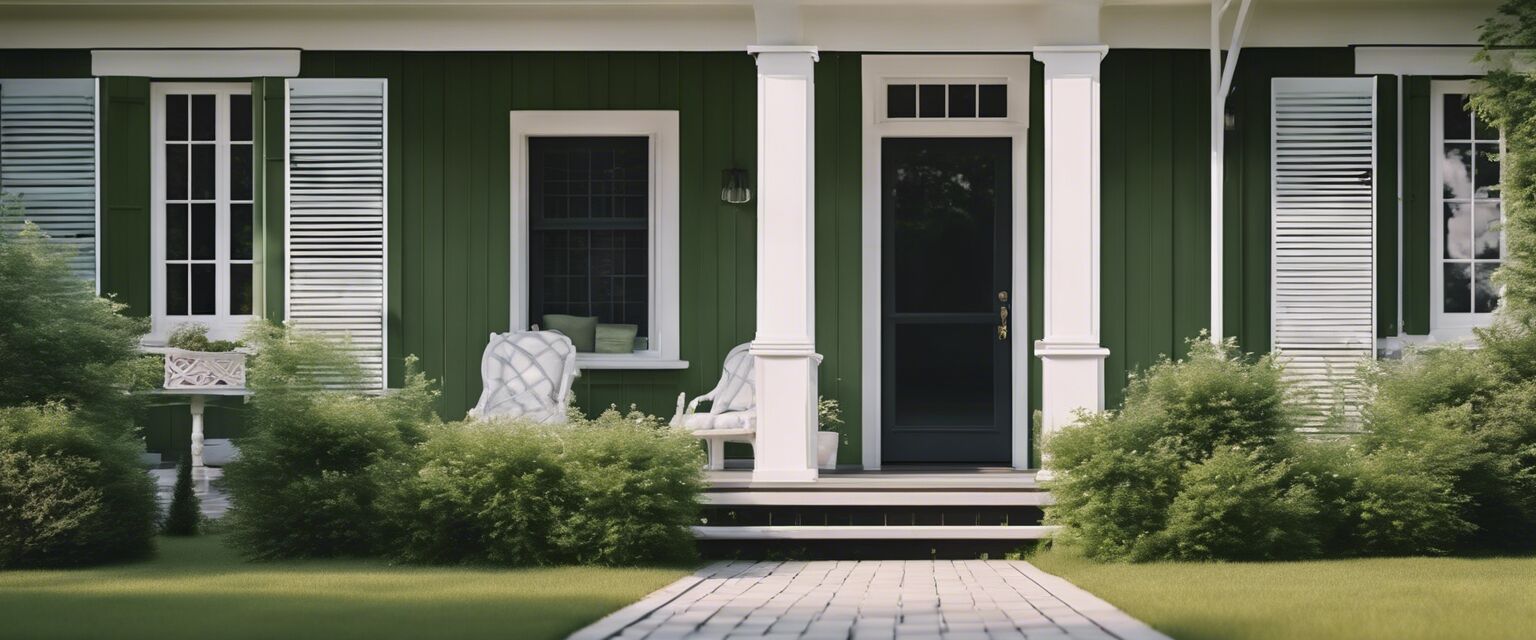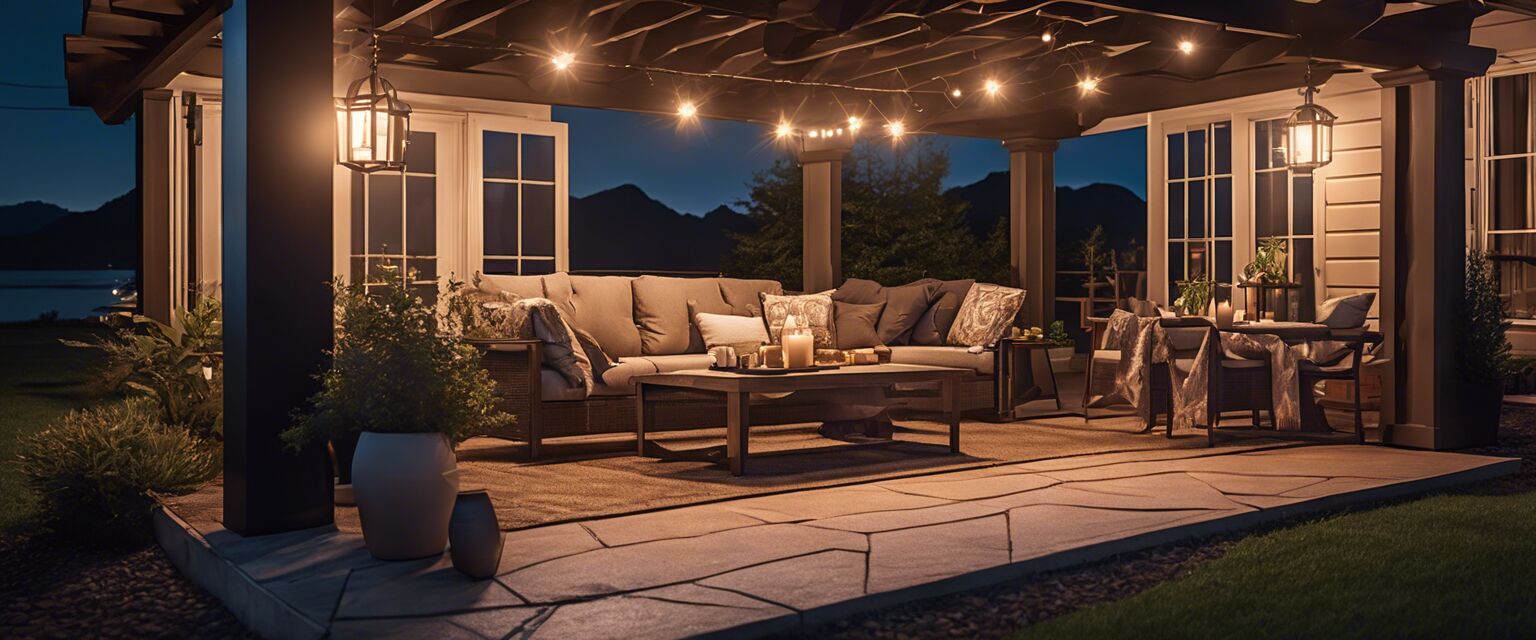
Awnings
Welcome to our comprehensive overview of different awning types and their benefits. If you're considering adding an awning to your home, this guide will help you understand the various styles available and the advantages they offer. From functionality to aesthetics, awnings can enhance both the usability and appearance of your outdoor spaces.
Key Takeaways
- Awnings provide shade and protection from UV rays.
- Different types of awnings serve various purposes and aesthetics.
- They can enhance the value of your home while improving outdoor areas.
- Proper installation and maintenance are crucial for longevity.
What are awnings?
Awnings are an outdoor covering attached to the exterior wall of a building. They are typically composed of a lightweight frame with a fabric covering that can either be retractable or fixed. Awnings are commonly used over doors, windows, and patios to provide additional protection from the elements. Here’s a quick breakdown of the different types available:
Types of Awnings
| Type | Description | Benefits |
|---|---|---|
| Retractable Awnings | Can be opened or closed as needed. | Flexibility in controlling sunlight and shade. |
| Fixed Awnings | Permanently fixed to the structure. | Durability and consistent shade. |
| Patio Awnings | Specially designed to cover outdoor patios. | Creates a comfortable outdoor living space. |
| Window Awnings | Installed above windows to block sunlight. | Reduces indoor heat and glare. |
| Door Awnings | Placed above doors for protection. | Keeps the entrance dry on rainy days. |
Benefits of Awnings
Awnings serve multiple purposes that can greatly enhance your home. Here are some key benefits:
- Solar Protection: Awnings block harmful UV rays, preventing furniture and flooring from fading.
- Energy Efficiency: By reducing heat inside your home, awnings can lower cooling costs in the summer.
- Enhanced Outdoor Space: Awnings create shaded areas, making outdoor activities more comfortable.
- Increased Property Value: Well-installed awnings can add value to your home.
Comparison of Awning Materials
| Material | Durability | Maintenance |
|---|---|---|
| Canvas | Moderate | Requires regular cleaning and treatment. |
| Acrylic | High | Low maintenance, resistant to fading. |
| Vinyl | Very high | Minimal upkeep required. |
| Metal | Very high | Durable but may require occasional rust treatment. |
Installing Your Awning
Proper installation is vital for ensuring your awning performs its best. Here are the steps to consider:
- Measure the area where you want to install the awning.
- Choose the type and material that suits your needs.
- Follow the manufacturer's installation instructions meticulously.
- Consider hiring a professional for fixed or large retractable awnings.
Tips for Maintaining Awnings
- Regular Cleaning: Schedule cleaning at least twice a year.
- Check for Damage: Inspect for tears or leaks after heavy weather.
- Store for Winter: Retractable awnings should be stored away during harsh winter conditions.
Awnings vs. Other Outdoor Coverings
When comparing awnings to other types of outdoor coverings, here’s a brief overview:
| Type | Advantages | Disadvantages |
|---|---|---|
| Awnings | Easy to install, great for shade. | May not withstand extreme winds. |
| Canopies | Portable and versatile. | Less durable, may require anchoring. |
| Pergolas | Permanent structures, good for climbing plants. | Higher installation cost, fixed design. |
Conclusion
Awnings offer a variety of benefits for homeowners looking to enhance their outdoor spaces. With options tailored to fit various needs and aesthetics, they are a smart investment. Whether you opt for a retractable awning or a fixed one, proper selection and installation will ensure you enjoy the full advantages of your awning for years to come.
Pros
- Provides UV protection and reduces heat.
- Enhances outdoor living space aesthetics.
- Can increase property value.
- Available in various styles and materials.
- Creates a comfortable outdoor environment.
Cons
- May require maintenance to avoid wear.
- Potentially high upfront costs for certain types.
- Not suitable for extreme weather conditions without proper securing.
Explore Related Topics
For more information on improving your home's exterior, check out these categories:



